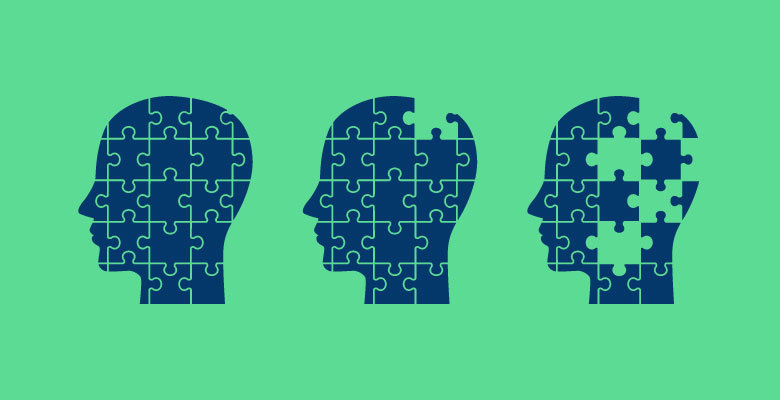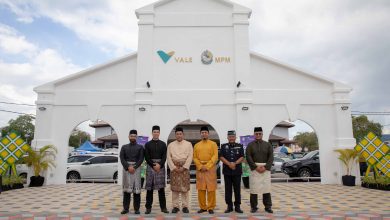Social Connectedness: An Overlooked Need of Those Living with Dementia


By Dr Cecilia Chan Woen Min
I am pretty sure like me, your social media has been swamped with New Year wishes recently. Why is social media so popular? Have you given it a thought? Could it be that it boils down to a simple basic human desire: the need to connect, belong, and be part of a group?
There are countless studies that point out, from the smallest rodents all the way to us humans, that we are profoundly shaped by our social environment and that we suffer greatly when our social bonds are affected. It is well established that when this happens in childhood it can lead to long-term health, social and educational problems. So, we are wired to be social. We are driven by intrinsic motivations to stay connected with other humans.
What happens when one of us can no longer verbalize? This is very common in the world of dementia when people living with dementia lose the ability to speak using words or language. I wonder why we often assume that when people cannot speak, they have nothing to say. Let us pause a second to reflect on this absurdity for ‘Not being able to speak is not the same as not having anything to say.’ Just because someone is unable to articulate what he or she wants, we overlook their experience in favor of ours. Often, we jump to the conclusion ( quite wrongly in many cases), that their needs and feelings are the same as ours because we have no other guidelines than our interpretation of their response or even lack of it.
A friend of mine ( whom I will call Adam) is craving for human connection as he gets visibility excited and will launch into a series of what we often label as “incoherent” talks or speaking “gibberish”. Often, Adam is left alone in the house with no human interaction and connections other than basic physical needs like food and personal care. Adam, who had been supplying seafood to restaurant operators all his life is very vibrant, friendly, and enjoys human connection. Dementia affected his language comprehension and production, but not his need to connect. He became more and more frustrated and angry and began to demonstrate his frustrations physically and emotionally.
It is not a rocket science discovery that when my team began to connect with him daily, meeting his most fundamental needs as a human being, he began to transform back to his real self. Stepping into Adam’s world teaches us about ourselves as well as him and it helps us to reach further into our world and meanings providing us with deeper reflections of what meanings it might be for him. My team realizes that to truly know another person and truly be open to who they are, we must initially know and be open to ourselves. It is not static but rather a progressive relationship between two communication partners where walls of power, superiority-inferiority/normal-abnormal have to be demolished so that learning about oneself and others and connecting are central.
The experience of the world of dementia raises many crucial questions about the nature of self and personhood. No other disease is experienced in isolation as dementia embodies this. It demands a profound question about what it is to be human and how we are defined as people. It draws us to the world where we recognize our limitations and our vulnerability, and often we are being forced to open parts of ourselves that we prefer to be hidden. It exposes our vulnerability as a human being. It can seem too tender, too raw, too naked. How can we turn ourselves inside out so that our inner world, the place where we feel, connects with the sentient space of our friends living with brain changes such as dementia?
Perhaps we have to move from the model of merely ‘caring’ to one of partnership, so that our partner no longer feels himself or herself to be an object to whom life happens as a kaleidoscope of barely related events, but a valued individual whose feelings and needs are sought out and validated.
“…if we listen attentively
we shall hear a faint flutter of wings,
the gentle stirring of life
and hope.”
Camus (1960)


